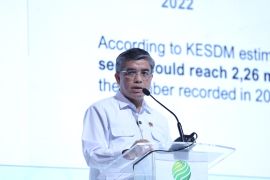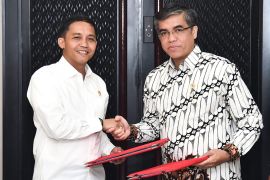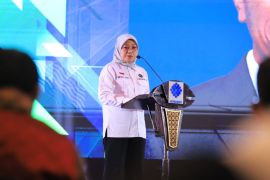"If you do not have a work plan, at least consult (someone) for making the work plan," Manilet told ANTARA here on Wednesday.
According to the economist, there are two types of pre-employment card participants. The first are those who match the training program but are not the training targets, he said.
Usually, training targets have special interests, such as traders who want to learn the technique of selling goods online and ojek (online motor taxi) drivers who want to converse in English, he explained.
The skills taught under the pre-employment card program must align with the availability of jobs, especially in terms of workforce absorption, Manilet said.
"The sustainability of the pre-employment card must be balanced with the government's ability to create jobs optimally," he added.
Ideally, the pre-employment card program must be conducted in collaboration with private parties and the government, he said.
Thus, it would bolster linkages or relationships between certified job seekers with employers who also need them, he noted.
Furthermore, pre-employment cards could also be integrated with vocational training centers (BLKs) that are already under the patronage of the Ministry of Manpower, he suggested.
This is necessary to encourage the revitalization of BLKs, he added.
He also said the prerequisites for the pre-employment card program are sufficient, as it targets various groups of workers, both job seekers and those affected by job cuts.
Meanwhile, the second category of pre-employment card recipients do not have a plan for career or work, so their main goal is not skills development, but incentives, he said.
"They choose the assistance based on friends' recommendation and/or high ratings. Of course, that does not fit the criteria and is one of the evaluations in the distribution of pre-employment cards," he added.
Related news: Pre-employment card program model for govt agencies: ministry
Related news: Pre-Employment Card program can help achieve Vision 2045: official
Related news: Pre-employment card beneficiaries reach 10.6 million in 1.5 years
Translator: M Alatas, Kenzu T
Editor: Sri Haryati
Copyright © ANTARA 2022












